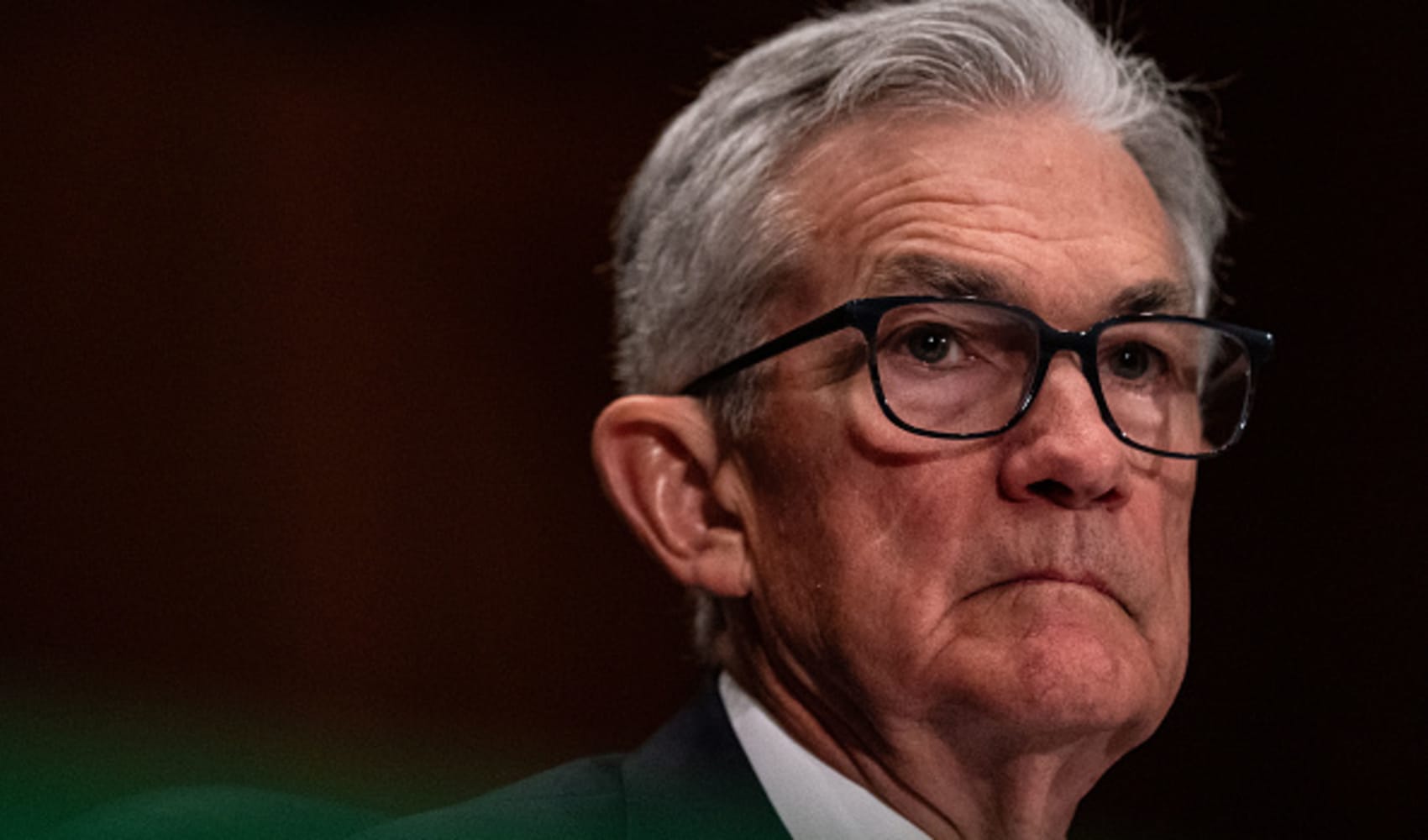
- Ron William, market strategist and founder of RW Advisory, told CNBC on Tuesday that the market is at a "behavioral inflection point" following the long awaited dovish Fed pivot.
- Despite the market's pricing of as many as six rate cuts from the Fed this year, William believes bond yields will return to and exceed that 5% handle over the long term, as part of a "structural higher for longer trend with rolling waves of volatility."
Stocks could be in for a rough year while the U.S. 10-year Treasury yield is set to jump back above 5% in what may become a "year for non-consensus," according to one technical strategist.
The S&P 500 finished 2023 up 24.23% after a remarkable rally over the final two months of the year, notching its fourth positive year in five.
The upward momentum was amplified by the Federal Reserve signaling that at least three cuts to interest rates could be coming over the course of this year. The market continues to view this as a conservative estimate, however, and is currently pricing in as many as six.
Get Connecticut local news, weather forecasts and entertainment stories to your inbox. Sign up for NBC Connecticut newsletters.
Ron William, market strategist and founder of RW Advisory, said on Tuesday that the market is at a "behavioral inflection point" following the long awaited dovish Fed pivot.
"From a tactical perspective, it is the triple whammy confluence of momentum, sentiment and sector rotation fragility that has remained for most of last year," he told CNBC's "Squawk Box Europe."
"The market also from a macro perspective is likely more dependent on growth numbers, as according to my work, we remain late cycle rather than these excessive valuations that the market has been banking on."
Money Report
The Wall Street benchmark's rally was driven largely by a handful of sectors, with information technology stocks soaring 56.4% on the year, while communication services gained 54.4% and consumer discretionary 41%.
William said the macro, fundamental and technical components of RW Advisory's analysis were pointing to a mean risk aversion on U.S. equities, in light of the "extreme overbought conditions amplified by the record short-covering" and what he called a "dash for trash," with smaller cap, lower quality stocks drawing a flurry of speculative investment toward the end of the year.
Short-covering refers to investors repurchasing assets borrowed to establish a short position against a particular stock or asset, thereby closing out the short position for a profit or loss.
WIlliam suggested this all "adds further fragility to what was already a narrow rotation, along with economic sensitive stocks that will likely feel the pressure as the Fed potentially lowers rates, but also particularly if we continue to be in a late cycle stage where growth could disappoint to the downside."
10-year yield 'back to 5% and likely higher'
The yield on the benchmark 10-year U.S. Treasury note topped 5% in October for the first time since 2007, as central banks indicated that interest rates would likely have to remain higher for longer than the market had expected.
However, following the dovish Fed pivot and increased bets on the rate and scale of cuts in 2024, the 10-year yield has plummeted to just over 3.9% by Tuesday morning. Yields move inversely to prices.
Despite the market's pricing of as many as six rate cuts from the Fed this year, William believes bond yields will return to and exceed that 5% handle over the long term, as part of a "structural higher for longer trend with rolling waves of volatility."
"This is probably what has got the market stumped so far. We have had big swings along the way but still the trend remains up," he said.
"The latest correction as a historical analog basically is akin to the October 2022 decline, which then led to the rise up to 5%, that historical threshold."
The unwinding of rates and rally for stocks in the past two months, he suggested, signals that much of the positive momentum derived from potential rate cuts is already priced in, meaning the market could be getting ahead of itself in terms of future rate moves.
"Then also, we have to keep in mind a potential policy mistake which the market so far believes doesn't exist and a soft landing narrative which remains strong, so part of the work of behavioral tactical analysis is to look for these inflection points and where non-consensus moves may happen, and I think this year could be the year for non-consensus," William added.
Given this potentially weak picture for risk assets, and an increasingly fraught geopolitical backdrop, gold enjoyed its strongest year since 2020 as the spot price closed 2023 comfortably above the $2,000 per ounce mark.
William expects the safe haven flows to continue as geopolitical tensions deepen in 2024, and sees the precious metal breaking out above the $2,700 mark by the end of the year.






